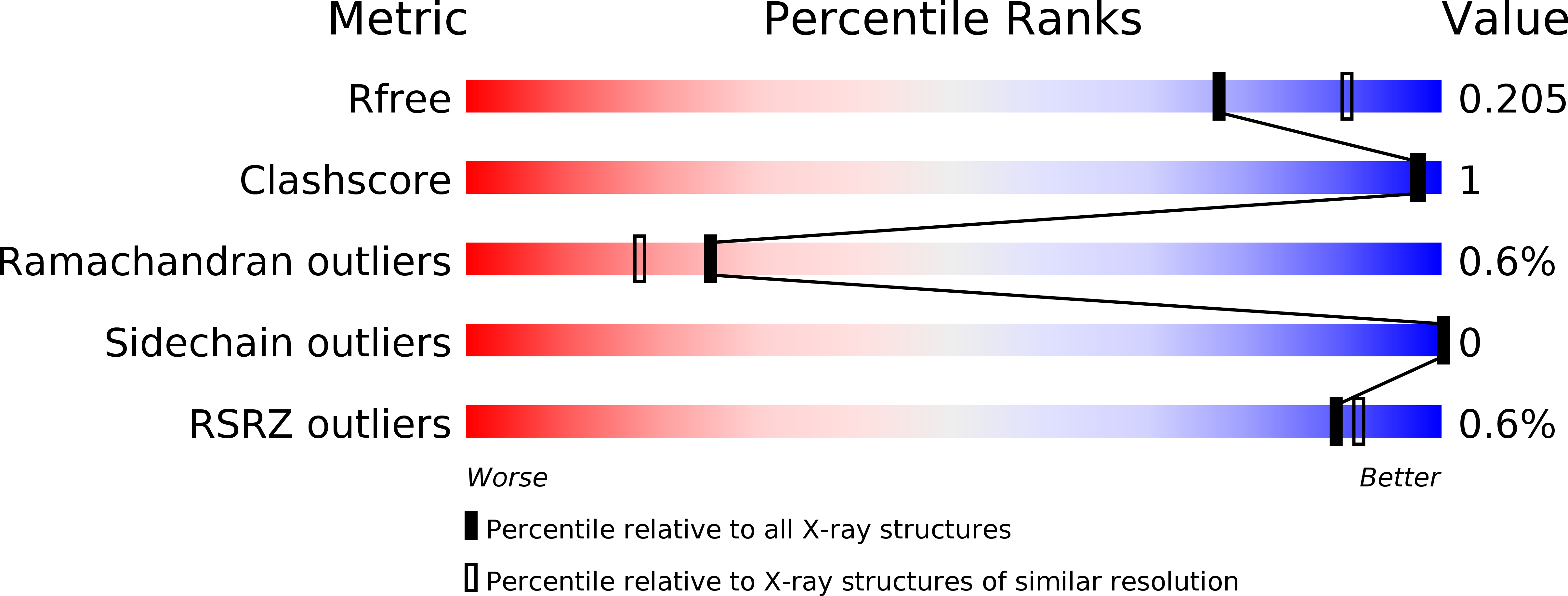
Deposition Date
2018-12-17
Release Date
2019-03-06
Last Version Date
2023-10-11
Method Details:
Experimental Method:
Resolution:
2.15 Å
R-Value Free:
0.20
R-Value Work:
0.17
R-Value Observed:
0.17
Space Group:
P 3 1 2


